How to Do Commodity Price Forecasting | PriceVision
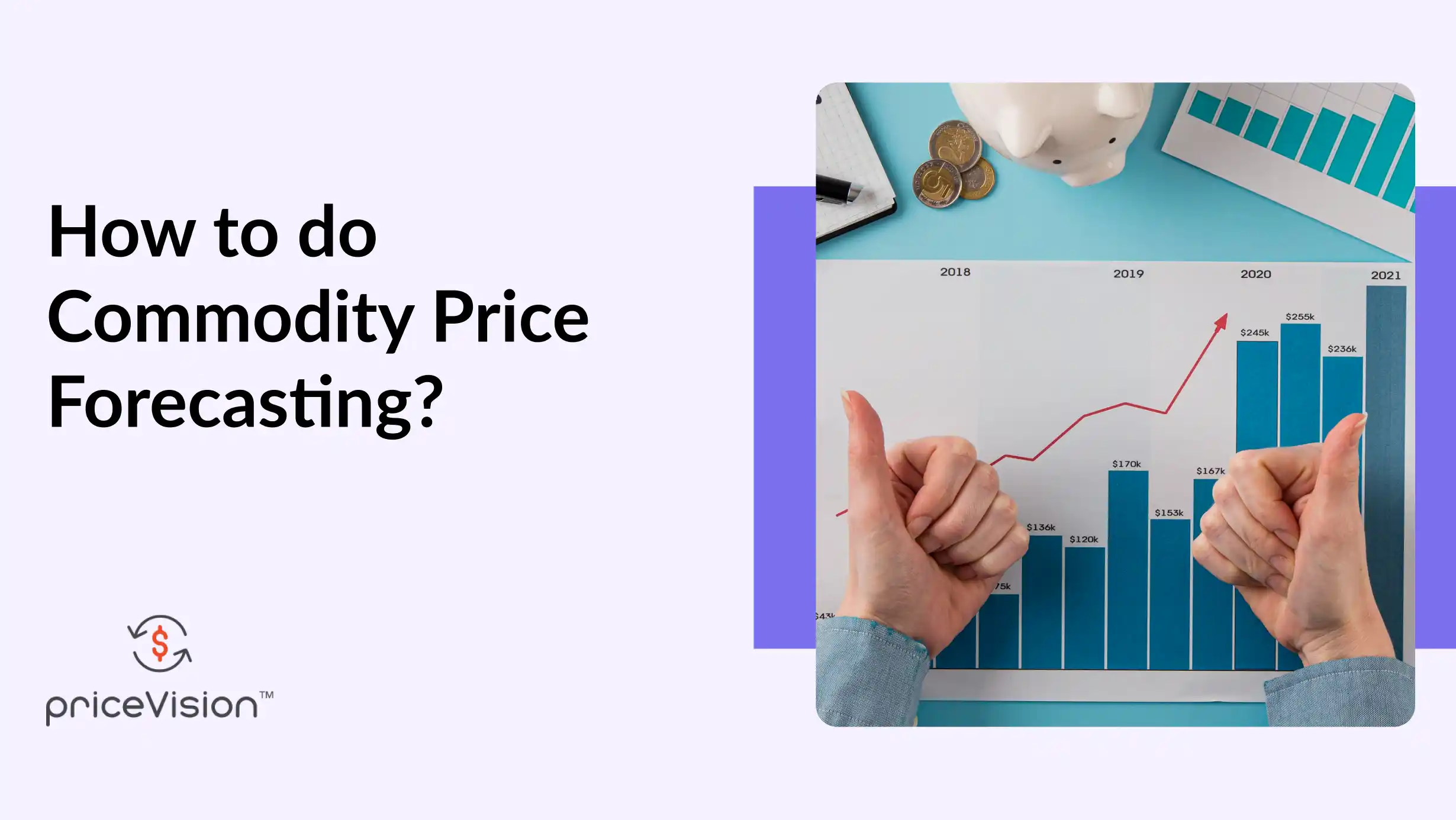
Commodity price forecasting is essential for businesses and investors in the commodity market. Understanding how to predict commodity prices allows organizations to make smarter decisions, minimize risks, and maximize returns. In this blog, we will look into the definition of the commodity market and its importance while also exploring factors that influence commodity prices, methods, and tools for forecasting. We will also look at PriceVision, a cutting-edge solution that combines human expertise with AI and machine learning.
Importance of the Commodity Market
An important part of the global economy is the commodity market. Price fluctuations in commodities can affect multiple industries, from food and beverage companies to energy firms and technology manufacturers. Commodity price forecasting helps businesses navigate these fluctuations by predicting future price trends. Commodity price forecasting helps in the following decisions:
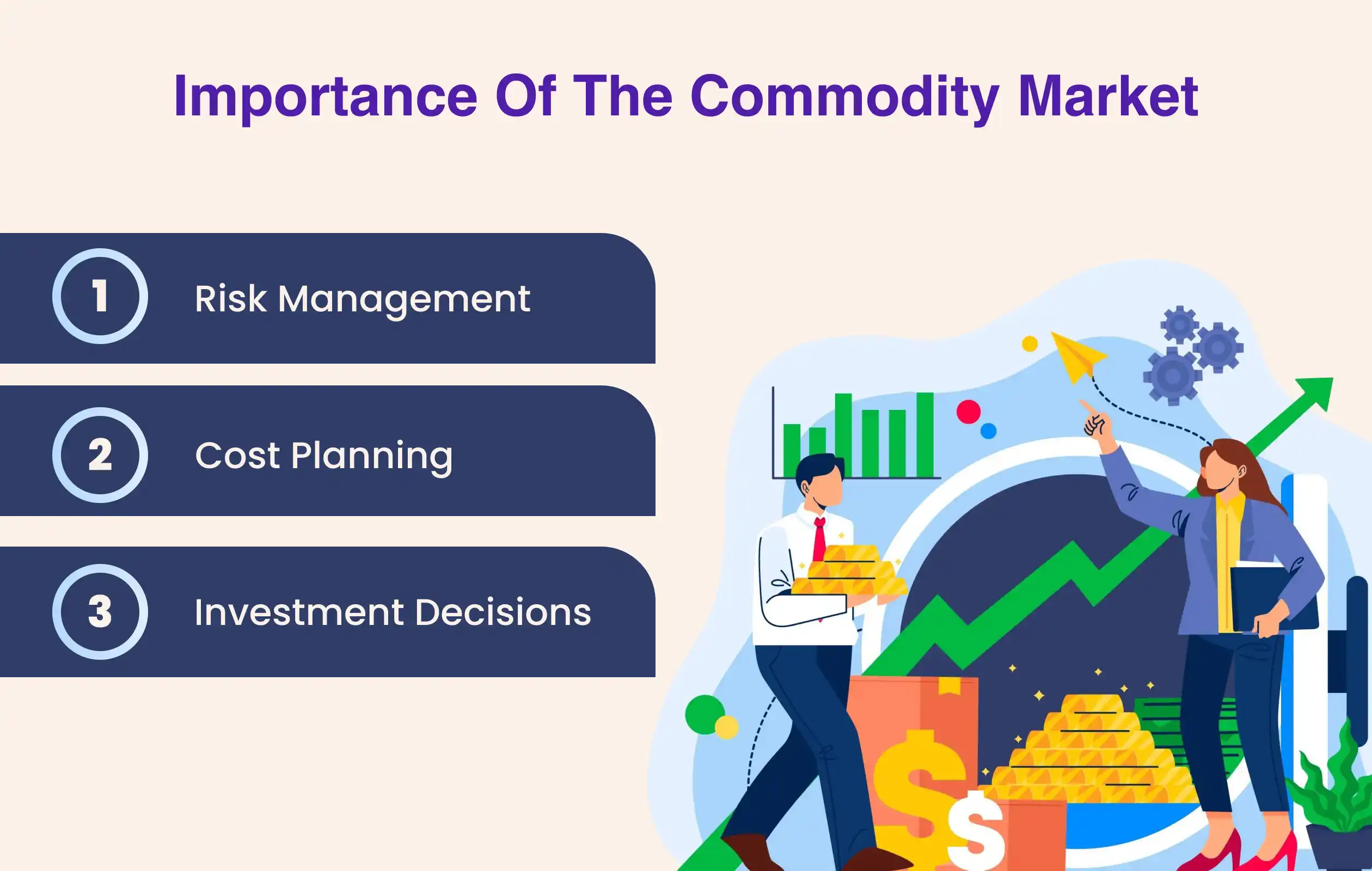
- Risk Management: With accurate commodity price forecasting, businesses can manage their financial risks better.
- Cost Planning: Organizations can budget more effectively by forecasting commodity prices ahead of time.
- Investment Decisions: Investors use forecasts to decide the best time to buy or sell commodities, helping them maximize returns.
Factors Influencing Commodity Prices
Understanding the factors that drive commodity prices is essential for accurate forecasting. These factors can vary based on the type of commodity but generally include the following:
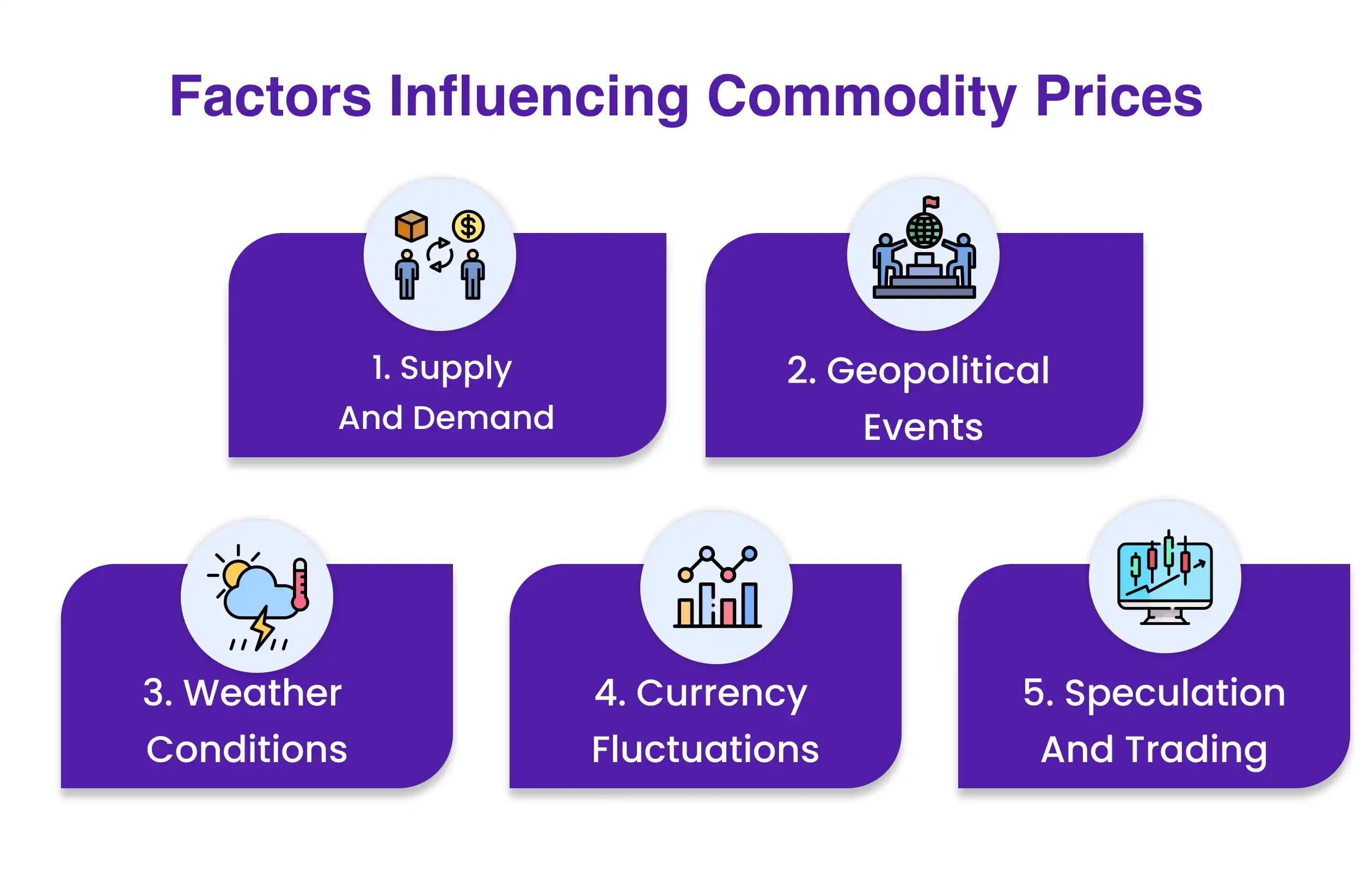
1. Supply and Demand
Supply and demand are the fundamental drivers of commodity prices. Prices usually rise when supply stays the same and demand rises. On the other hand, a surplus may result in lower pricing.
2. Geopolitical Events
Political stability, wars, and sanctions can disrupt commodity supplies and impact commodity market prices. For instance, a trade embargo can limit oil supplies, pushing oil prices higher.
3. Weather Conditions
Agricultural commodities are particularly sensitive to weather. Droughts can lower crop yields, which raises prices. Similarly, good weather conditions can lead to a bumper harvest, pushing prices down.
4. Currency Fluctuations
Commodity prices are often quoted in US dollars. When the dollar weakens, commodities become cheaper for international buyers, increasing demand and causing prices to rise.
5. Speculation and Trading
Speculative trading can also affect commodity prices. Traders often base their buying or selling decisions on expected price changes, which can drive short-term price fluctuations.
Methods to do Commodity Price Forecasting
There are several methods to conduct commodity price forecasting, each with its strengths. Let’s explore some of the most widely used methods:
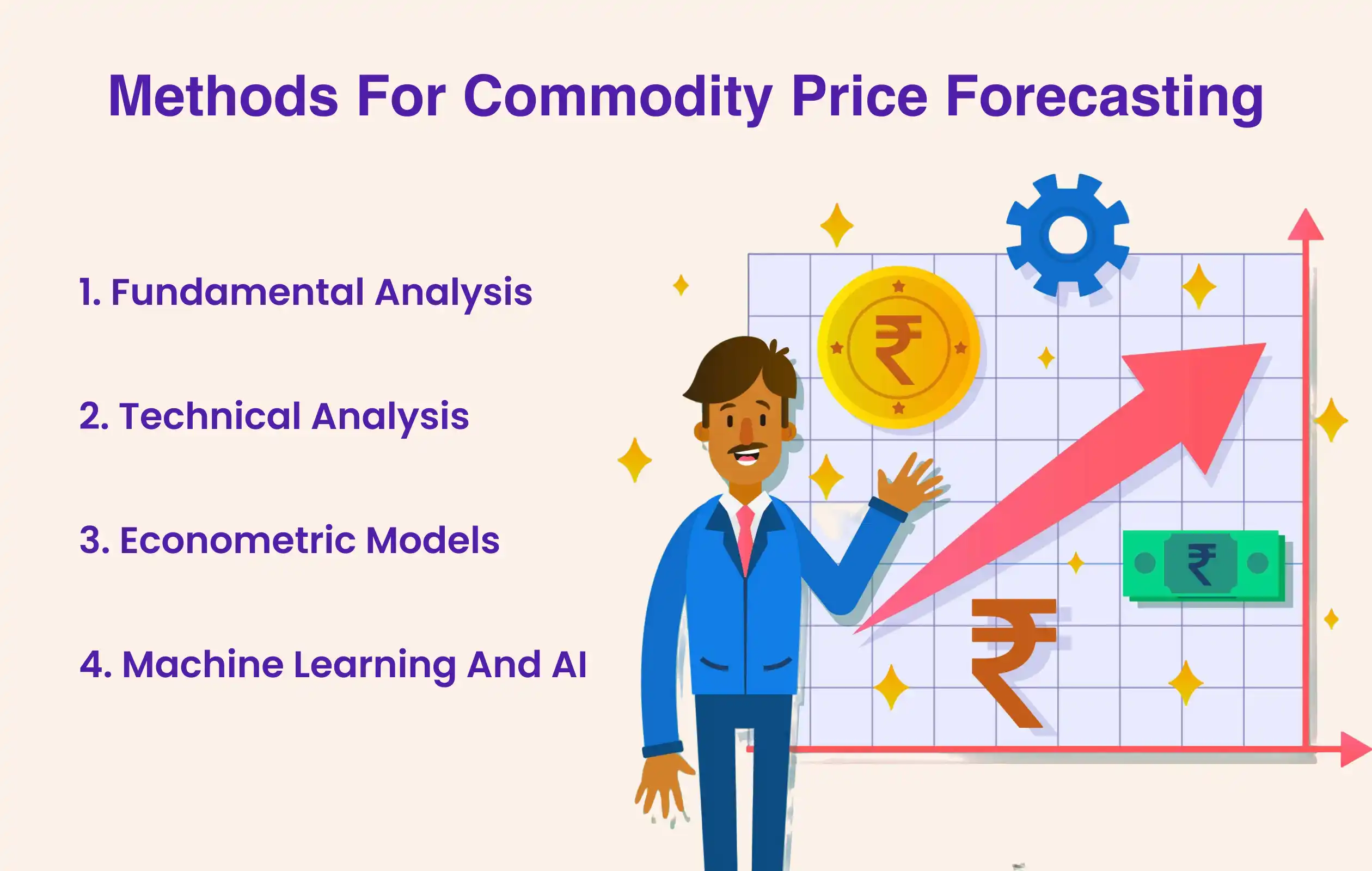
1. Fundamental Analysis
Fundamental analysis examines the underlying factors that affect commodity prices, such as supply and demand, geopolitical events, and weather. It is often used for long-term price forecasting, focusing on the economic health of industries tied to the commodity market.
2. Technical Analysis
This method involves analyzing historical price data and using charts to identify trends and patterns. Technical analysis is commonly used by traders looking for short-term gains in the commodity market. Price oscillators and moving averages are some of the common tools used in this approach.
3. Econometric Models
Econometric models combine economic theory with statistical techniques to forecast future commodity prices. These models take into account a variety of economic indicators, making them ideal for long-term forecasts.
4. Machine Learning and AI
Machine learning and AI have revolutionized commodity price forecasting by providing highly accurate, data-driven predictions. AI models can process enormous amounts of data, identifying trends and correlations that humans might miss. These methods are particularly useful for short- and long-term forecasting in volatile markets. PriceVision is one such AI/ML-based model used in commodity price forecasting.
Introducing PriceVision: A Comprehensive Price Forecasting Tool
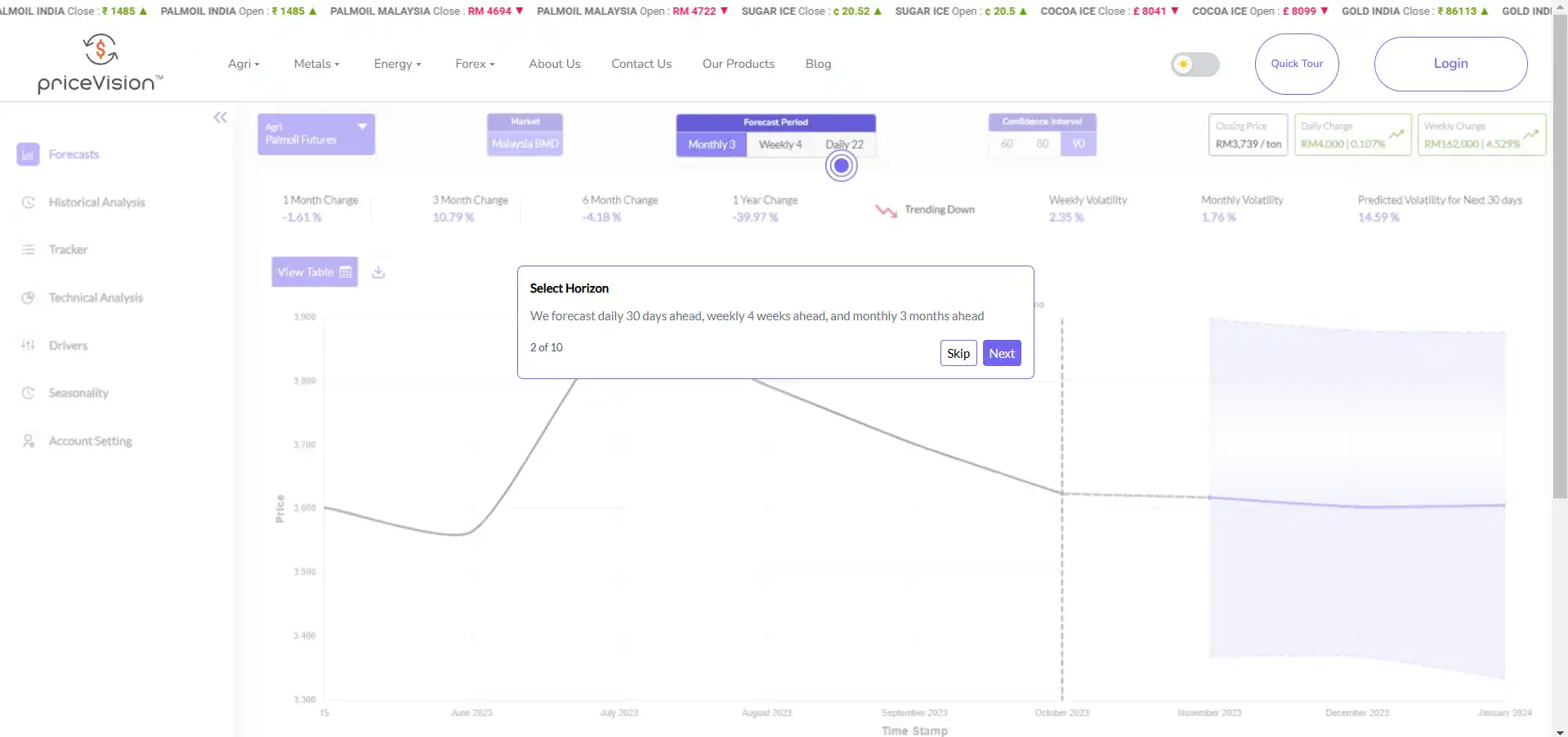
PriceVision is a next-generation platform that combines human expertise with AI and machine learning to offer precise commodity price forecasting. By utilizing both traditional forecasting methods and cutting-edge AI technologies, PriceVision helps businesses and investors stay ahead in the commodity market.
How PriceVision Works
PriceVision integrates advanced algorithms with real-time data analytics, providing actionable insights for the commodity market. Whether you are tracking oil prices, metals, or agricultural commodities, PriceVision offers tailored forecasts that suit your business needs.
Features of PriceVision
● Real-Time Data: Get instant updates on the latest commodity prices.
● AI-Powered Models: Use machine learning to generate accurate forecasts.
● Customizable Reports: Customize your price forecasting reports according to the commodities you require.
● User-Friendly Interface: Navigate the platform easily, even if you are new to commodity forecasting.
Benefits of Using PriceVision
Using PriceVision as a price forecasting tool offers several advantages:
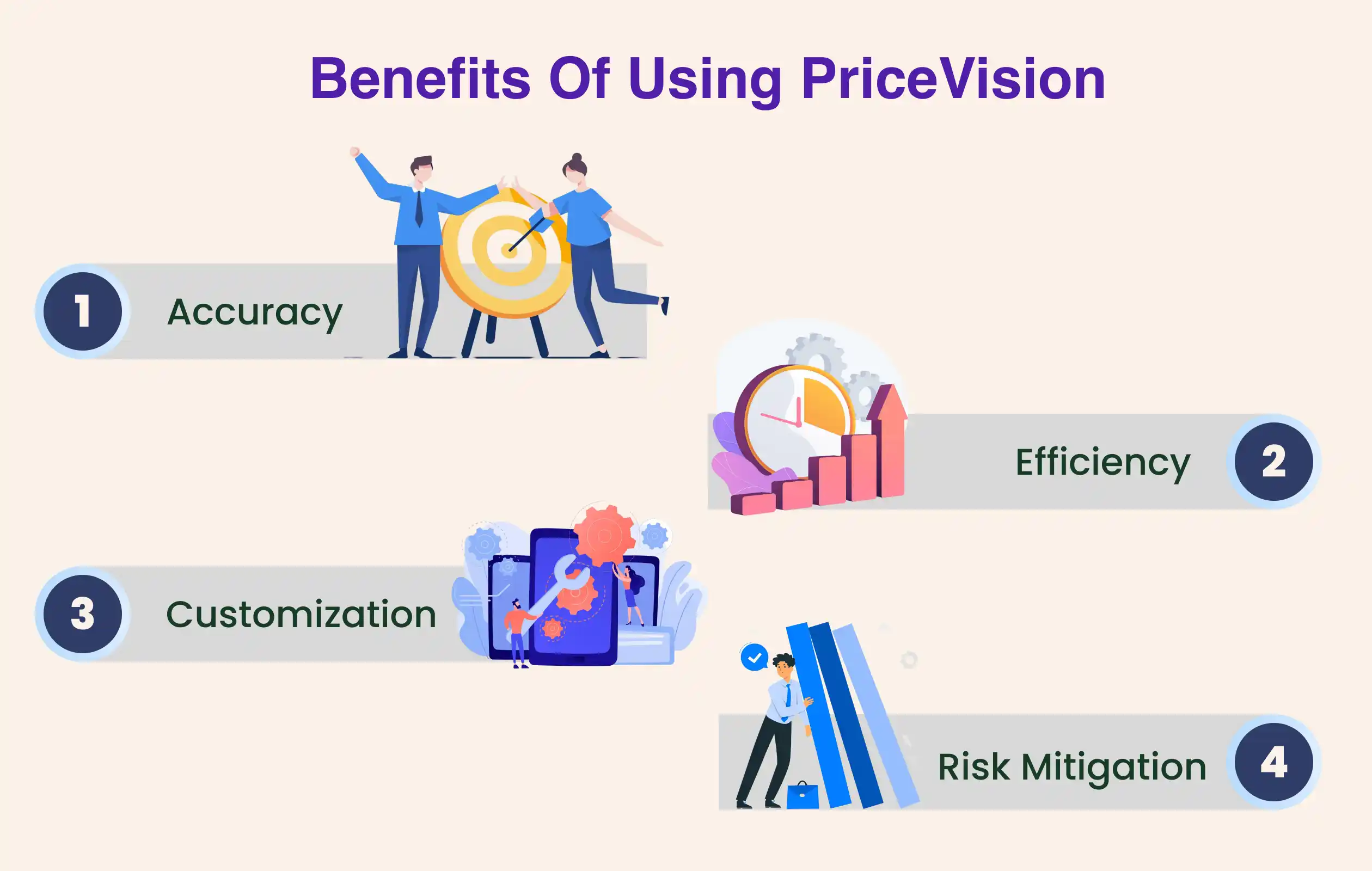
- Accuracy: PriceVision uses AI-driven models to deliver precise forecasts based on real-time data, ensuring businesses receive the most current and reliable predictions. As a result, there is less chance of depending on erroneous or obsolete information.
- Efficiency: By automating the forecasting process, PriceVision saves time on manual data analysis, allowing businesses to generate accurate forecasts quickly and focus on strategic activities.
- Customization: Tailored forecasts cater to specific industry needs, whether for oil, metals, or agriculture. Businesses can adjust the forecasting parameters to suit their unique requirements.
- Risk Mitigation: PriceVision helps businesses manage risks associated with price fluctuations by providing accurate forecasts, enabling proactive decision-making and better financial stability.
Schedule Your Demo Here: https://pricevision.ai/schedule
Conclusion
Commodity price forecasting is an essential tool for businesses and investors to navigate the volatile commodity market. By using methods like fundamental and technical analysis, or leveraging advanced technologies like machine learning, organizations can make informed decisions. Tools like PriceVision make the forecasting process simpler and more accurate, combining human expertise with AI to deliver actionable insights. Whether you’re tracking oil prices, metals, or agricultural commodities, PriceVision offers an all-in-one solution to help you stay ahead in the market.
FAQs
1. What is commodity price forecasting?
Commodity price forecasting is the process of predicting future prices of commodities like oil, metals, and agricultural products using methods such as fundamental analysis, technical analysis, and machine learning.
2. Why is commodity price forecasting important?
Commodity price forecasting helps businesses and investors manage risks, make better financial decisions, and plan for cost changes in industries that rely on raw materials.
3. What factors affect commodity prices?
Factors influencing commodity prices include supply and demand, geopolitical events, weather conditions, currency fluctuations, and market speculation.